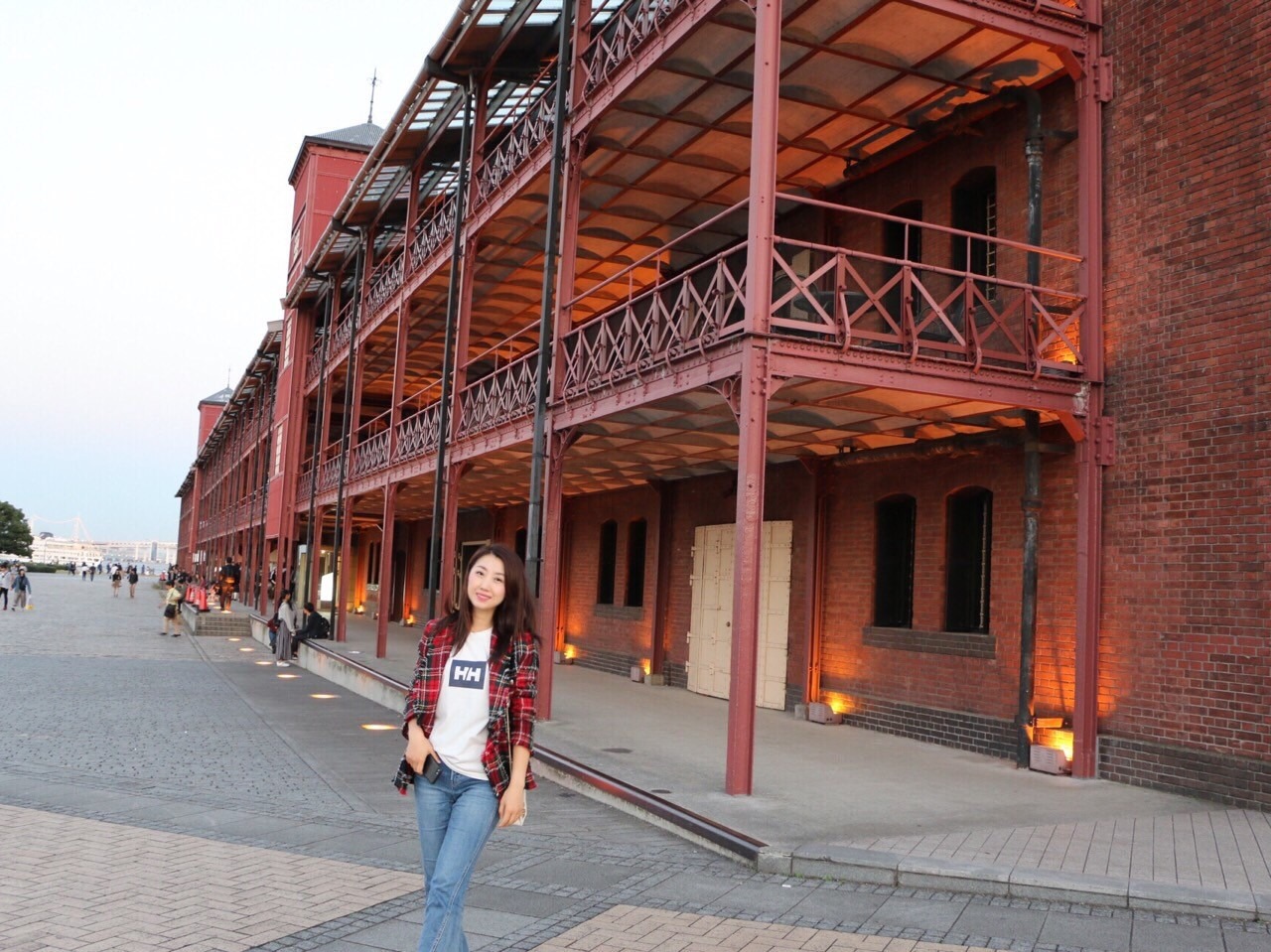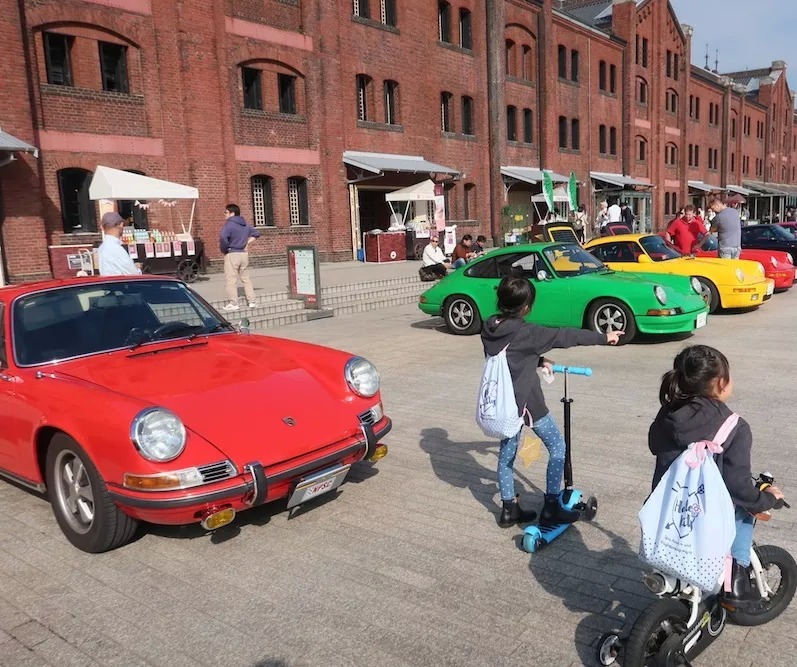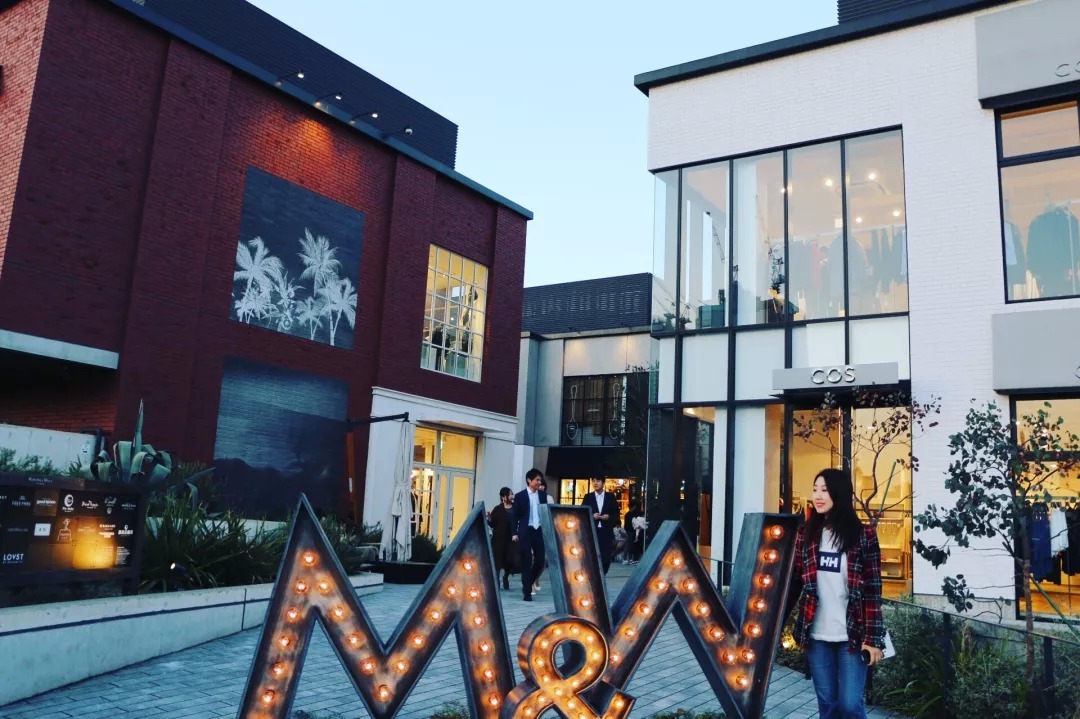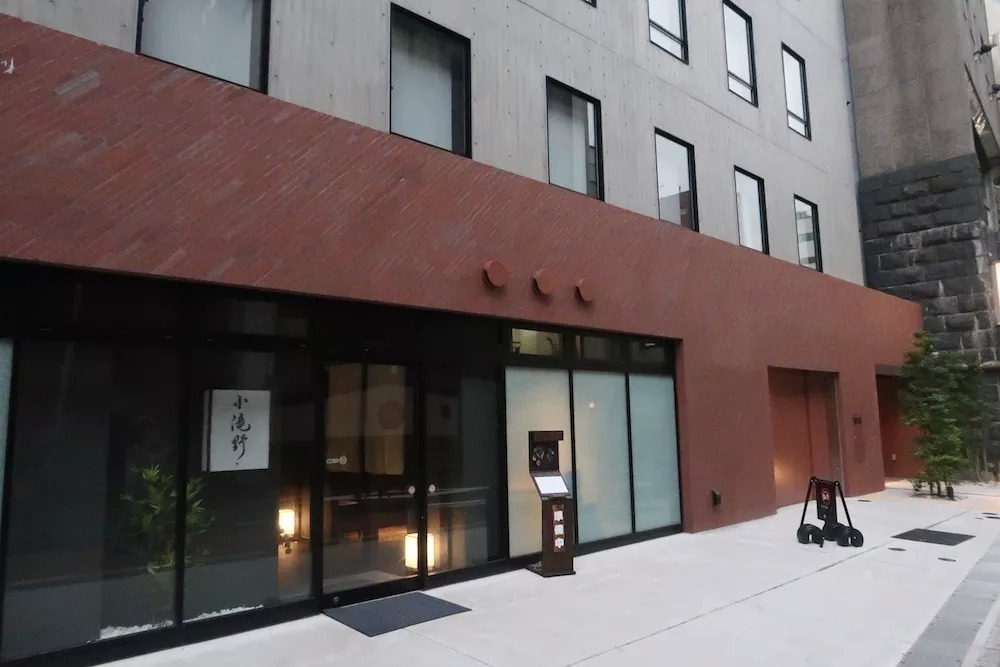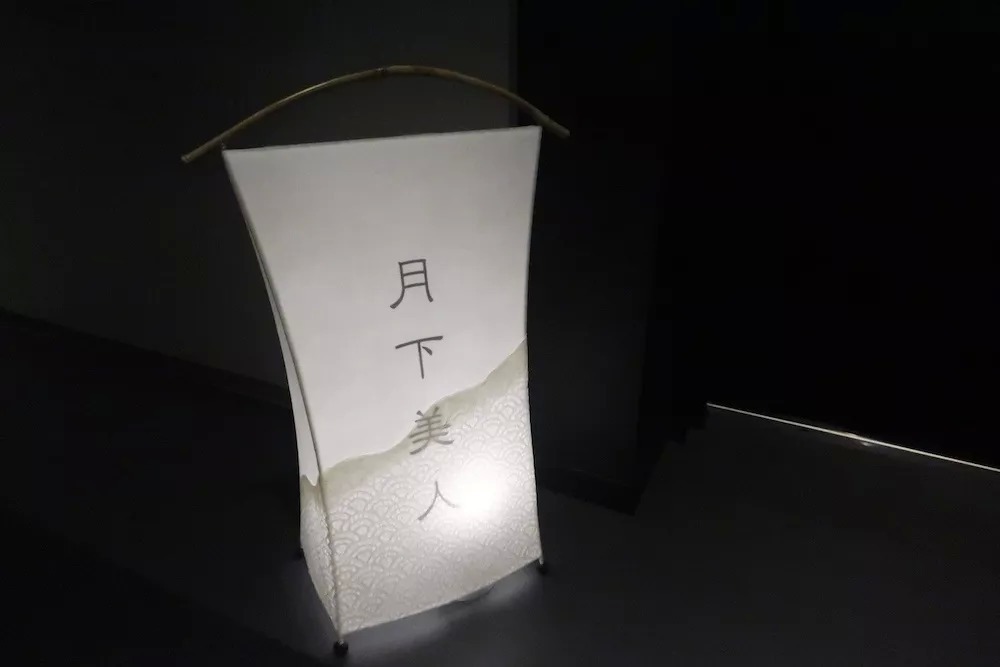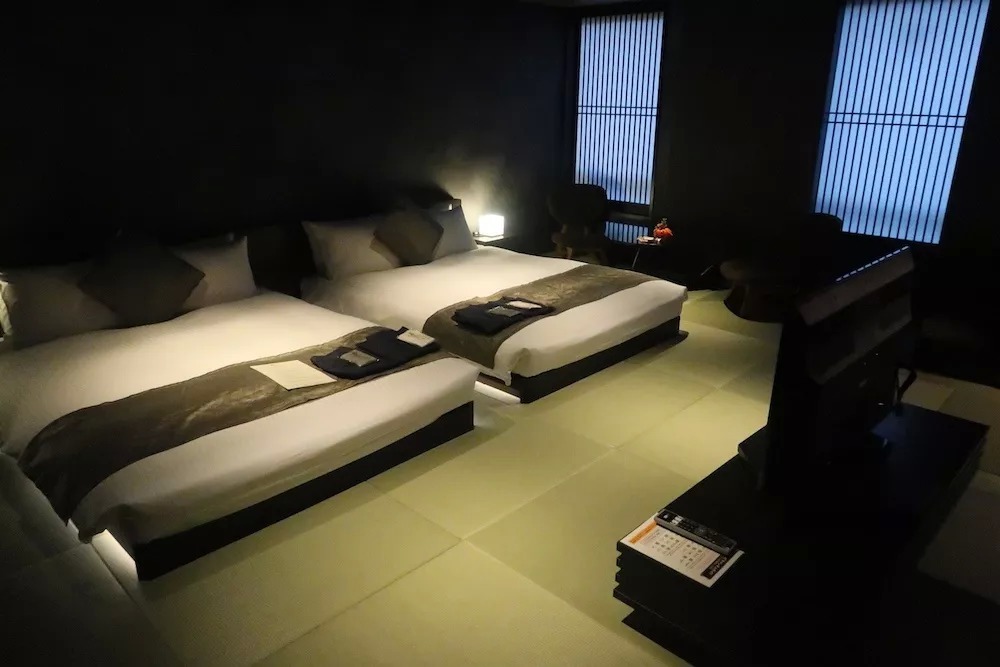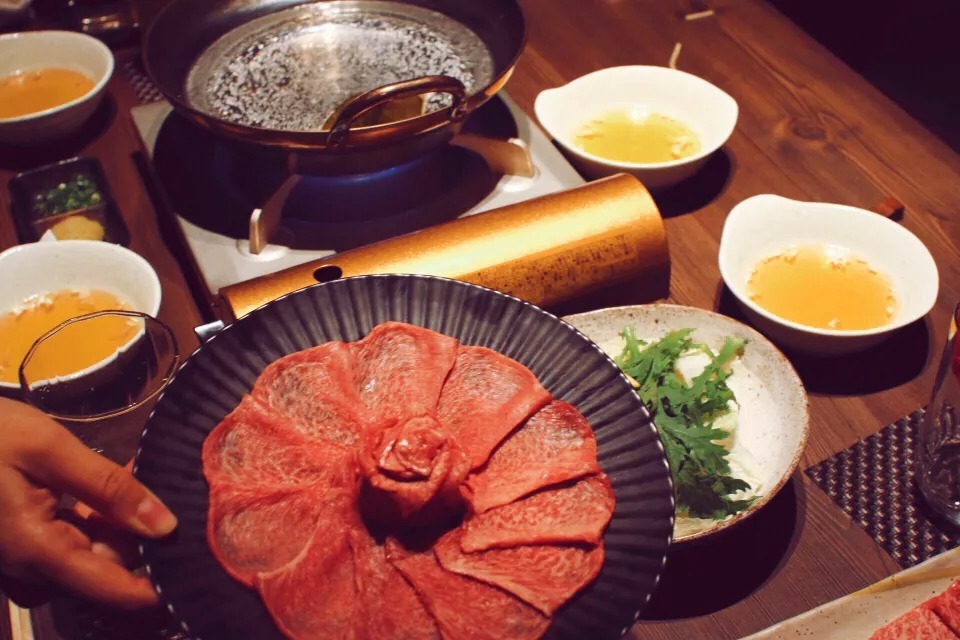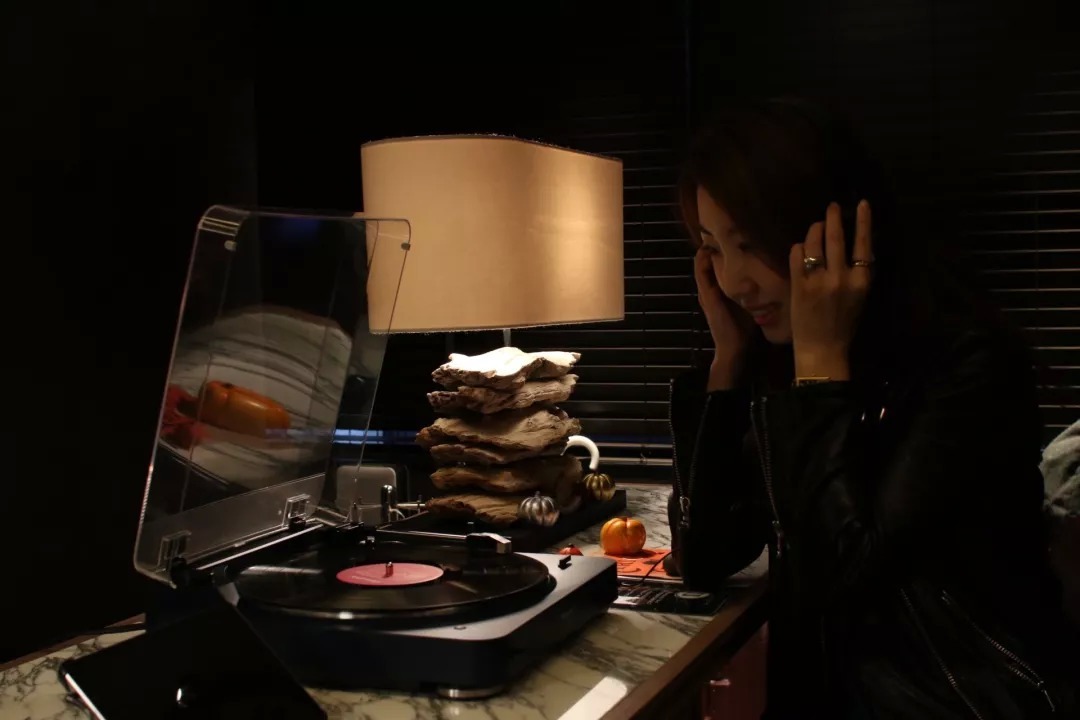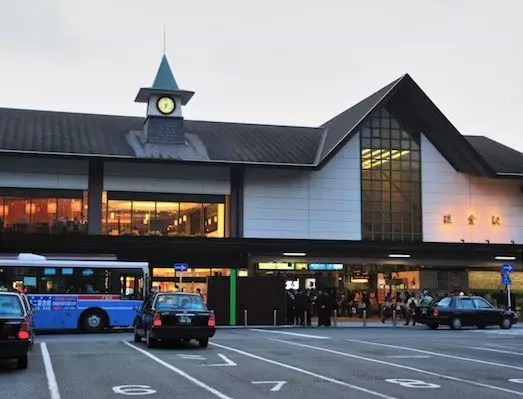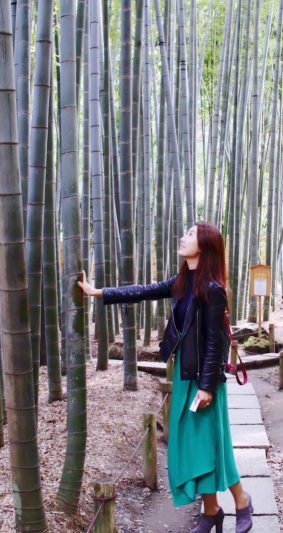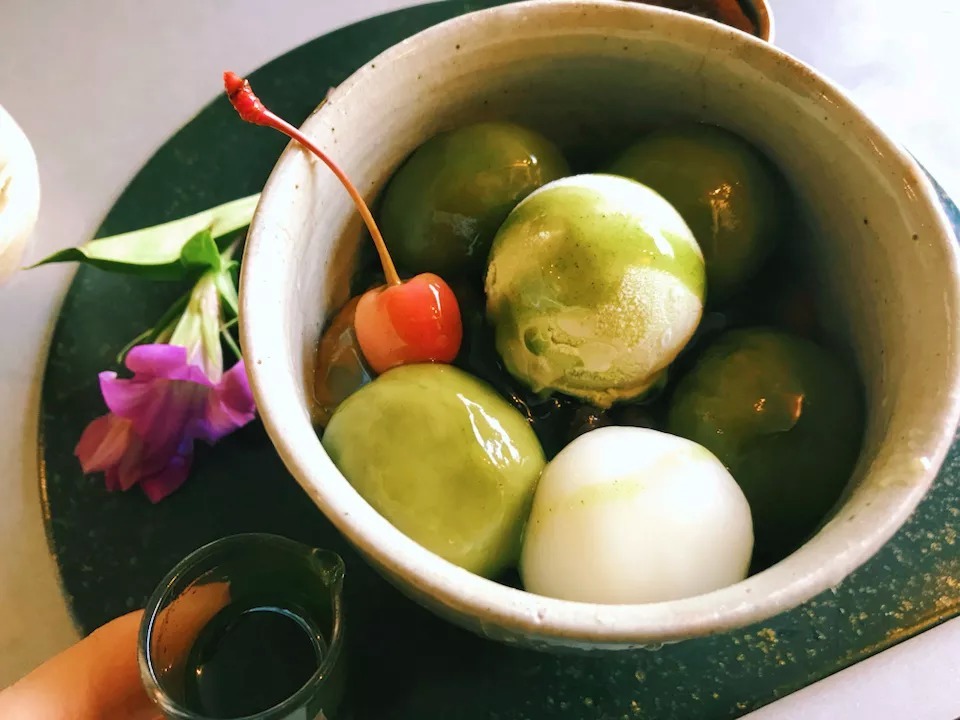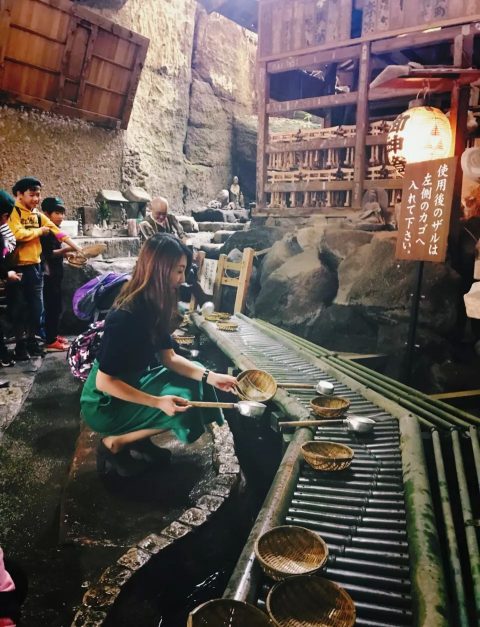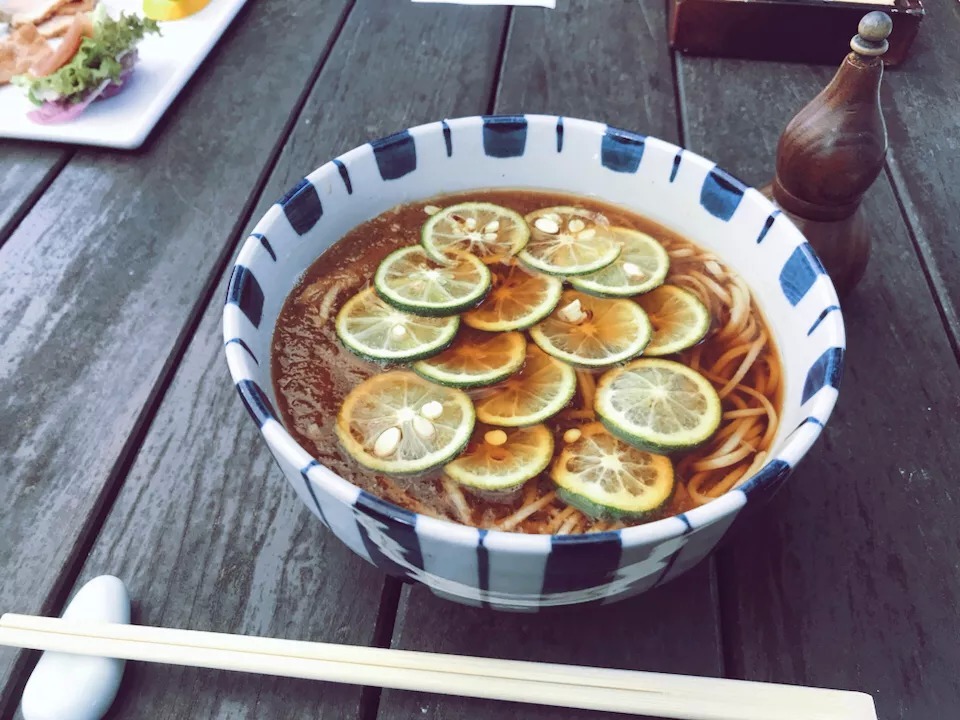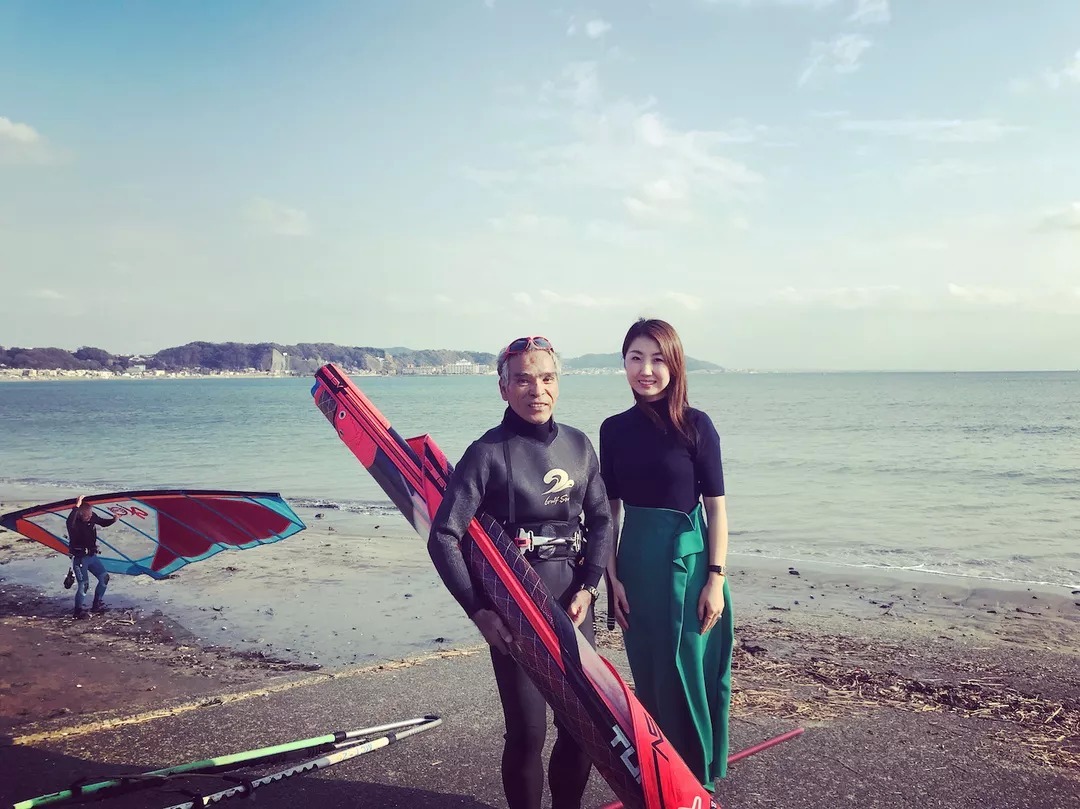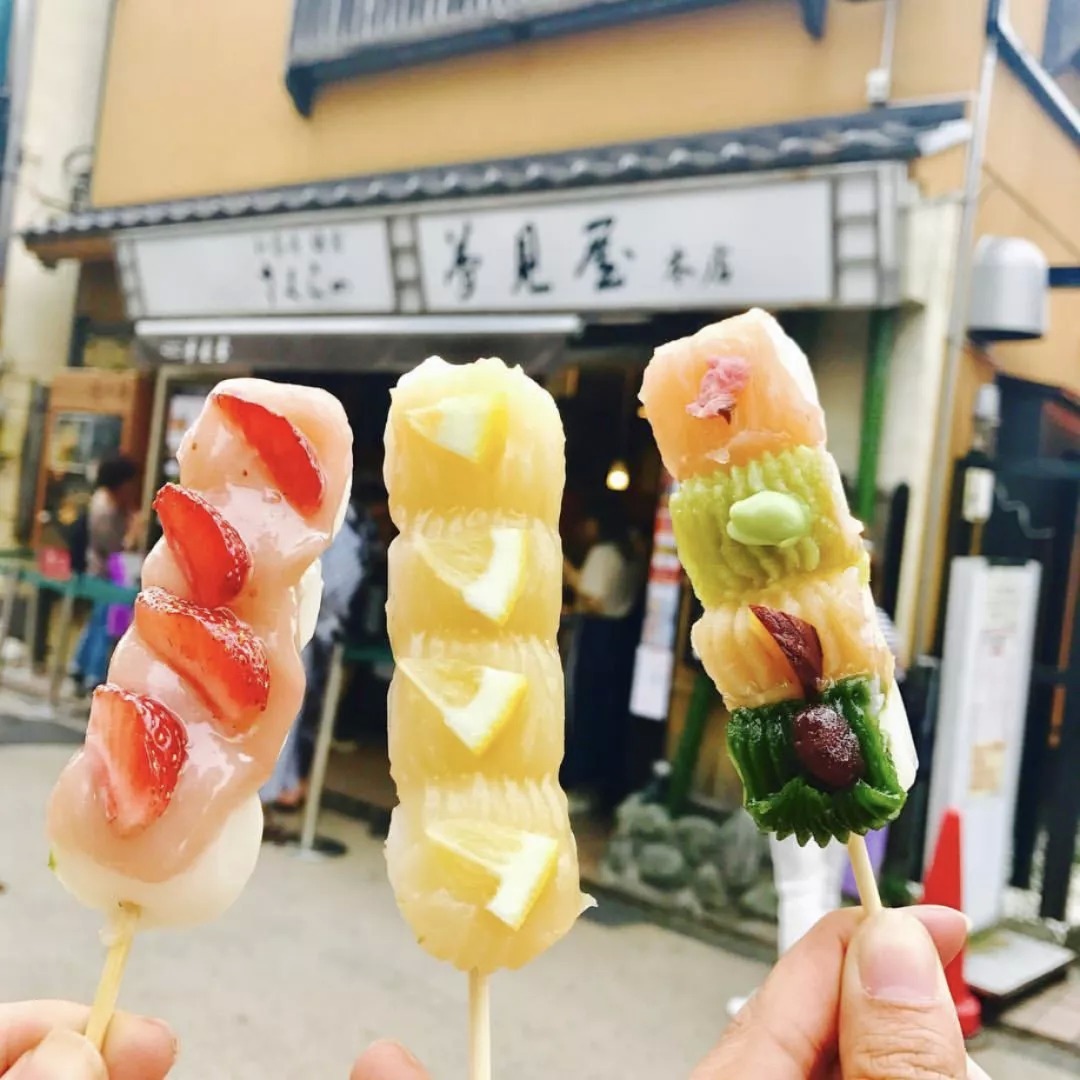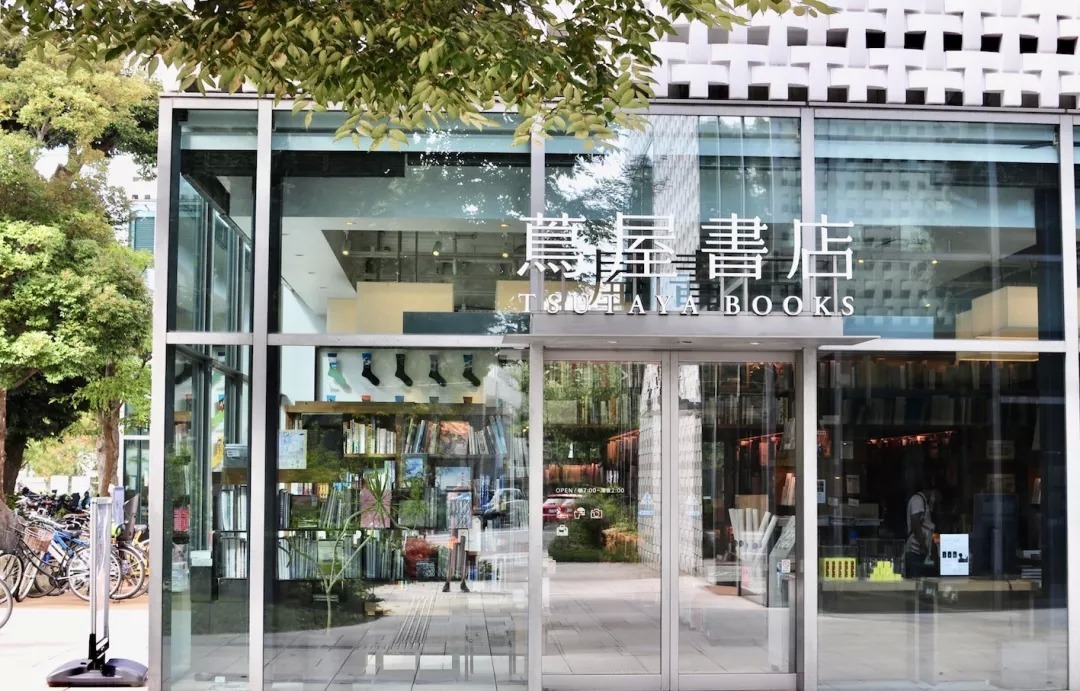
Day1 - 11:00AM Nakameguro & Daikanyama
After checking out from my hotel in central Tokyo, I took a walk through the Daikanyama and Nakameguro areas, which I’d heard are home to many chic boutiques. The rumors were true: uber-fashionable clothes shops and intriguing variety stores lined the streets before I hit the upscale Tsutaya Books Daikanyama shop. Here, I lounged and read a book before eating lunch at a nearby Hawaiian restaurant and downing a cup of tea. Before long, I found myself thinking I could easily live in this area.


